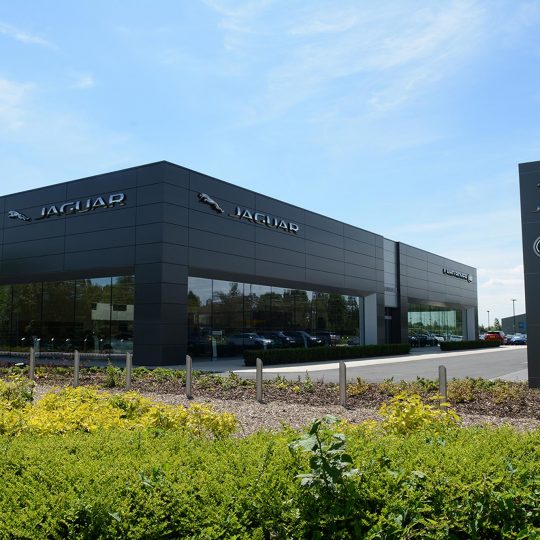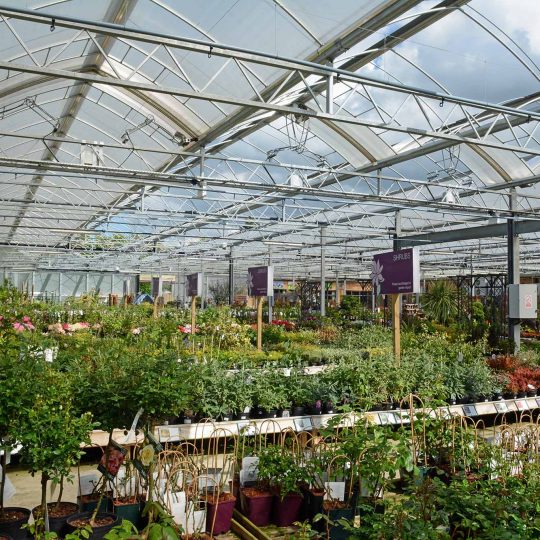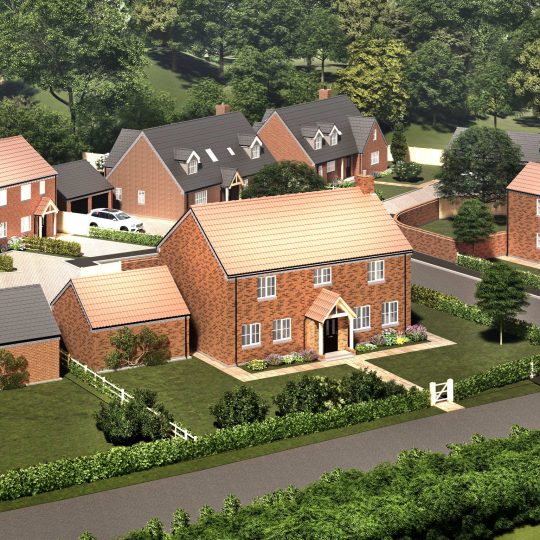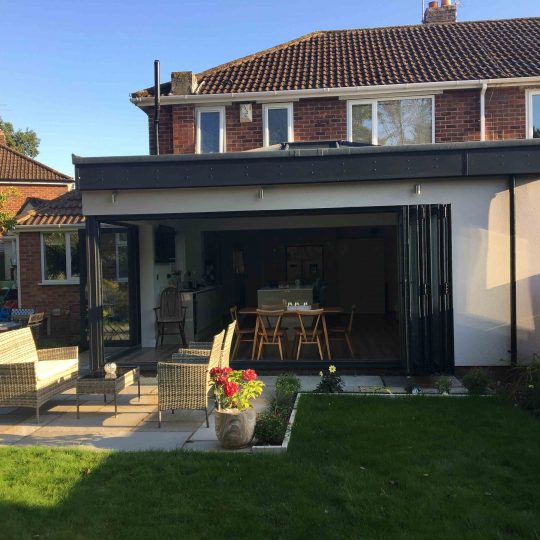Energy Efficient Design
Solar Heating Panels
Solar water heating systems use the sun’s free energy to provide domestic hot water all year round. Even in Britain, where the sun shines all too infrequently, solar energy can account for around two thirds (65%) of your annual hot water needs. Naturally, that means a significant saving on your yearly heating bills – and you’ll also reduce your carbon footprint, bringing your property’s carbon dioxide emissions down by over 500kg every year.
Photo Voltaic Panels
‘PV’ solar panels are photovoltaic panels, which allow you to effectively generate free electricity and put an end to sky high bills. Solar photovoltaic modules generate and store electricity from the sun’s energy through the use of rechargeable modules. They produce energy that contributes to the running of appliances and lighting within the home whilst emitting no greenhouse gases. PV panels can be used with batteries to store energy or connected to the main grid so that excess electricity produced can be sold back, via an electricity meter to measure the export rate.
Ground Source Heat Pumps
Ground source heat pumps use solar energy naturally stored in soil, bedrock and groundwater as a heat source. They do require electricity to operate, but efficiently produce up to five times as much heat energy, for every unit of electricity they use and are available for a variety of buildings and heating requirements.
Bio Mass Boilers
Biomass boilers burn a sustainable alternative to fossil fuels called biomass (wood chip, wood pellet or cereals). This produces heat for your home through central heating system and hot water. Biomass boilers are available with various outputs to ensure maximum efficiency based on the size of the building. These can be combined with a range of wireless radio frequency heating and controls to help reach maximum performance and controllability throughout the home.
Rainwater Harvesting
Rainwater harvesting has the potential to save a large volume of mains water and reduce pressure on resources. Water that would otherwise be lost can be used instead to flush toilets, water gardens and feed washing machines. The systems substantially reduce consumption of potable water by using the roof (and only the roof) as a collector of rainwater and is stored underground.
Wind Turbines
Wind turbines harness the power of the wind and use it to generate electricity. A wind turbine works in the opposite manner to a fan. Fans use electricity to make wind, while turbines use wind to make energy. As wind moves over the aerodynamically engineered rotator blades, a shaft inside the turbine is spun. this shaft is connected to the generator, which in turn creates the mechanical energy that we use today.
Exhaust Air Heat Pumps
These are designed for small dwellings and extract air via duct work connected to the warm areas of the building, such as bathrooms, kitchens and utility rooms. The air warm air is transferred through heat pump’s allowing it to heat either water or the building itself.
Heat Recovery and Ventilation
Heat recovery ventilation systems work by supplying and extracting air throughout your home to give a continuous good air quality supply. Air is extracted continuously from wet rooms in the house (i.e. the kitchen and bathroom). This air passes into the ventilation device and over the heat exchanger unit, which recovers up to 93% of the heat in the air that would otherwise be lost. At the same time, air is continuously drawn in from the atmosphere and ducted to habitable rooms (e.g. living rooms and bedrooms) to provide a balanced ventilation system.
Specification of Sustainable Materials
An awareness of the impact of specifying materials is an essential part of the approach to green building design. Green specifications are constantly changing as new materials are developed and our understanding of what it means to be sustainable evolve. Although the details of green specification are not fixed, there is a general consensus that for a building to be sustainable it needs to use materials that improve energy efficiency, reduce waste and pollution, conserve natural resources such as water and wood, are non-toxic, use renewable energies and have a long life-span.




